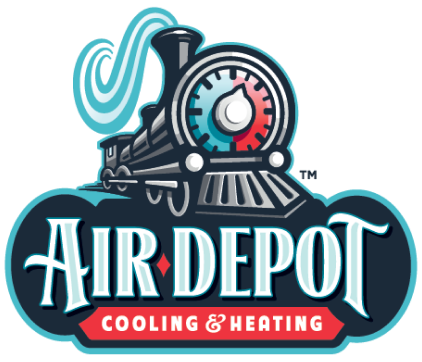If you want your house to be as comfortable, energy-efficient, and cost-effective as possible, you need to make sure you choose the correct HVAC system. Choosing between a two-stage and a variable-speed motor is one of the most important factors to think about. These innovations allow for more precise regulation of HVAC systems, which in turn leads to greater efficiency and less energy use. By understanding the features, advantages, and concerns of both two-stage and variable-speed motor HVAC systems, you can make a knowledgeable decision based on your specific requirements, preferences, and budget for your home.
What Is a Two-Stage HVAC System?
There are two output settings on a two-stage HVAC system: low and high. In contrast to conventional single-stage systems, which run continuously at full capacity, two-stage systems modulate their output according to your cooling or heating needs. The system operates at a reduced capacity when demand is low, which saves energy and prolongs the life of its components. The system automatically goes into high-capacity mode when there is a considerable increase in heating or cooling needs.
How It Works
The two-stage system operates using a two-speed motor or compressor. When the weather is mild, the system operates at the lowest level, allowing for effective and consistent temperature management without the need to run at full capacity. This results in more even temperatures, better humidity control, and increased energy efficiency.
The Benefits
The benefits of a two-stage HVAC system include the ability to operate at a lower capacity when full capacity is unnecessary, which contributes to energy savings and lower utility bills. With more precise control over temperature and humidity, homeowners experience improved comfort throughout their living spaces as well. Furthermore, two-stage systems experience less frequent cycling between on and off, leading to reduced wear on components and potentially extending the system’s lifespan.
Which Types of Homes Need a Two-Stage System?
Two-stage systems are well-suited for homes in regions with varying climate conditions. They are particularly effective in areas with hot summers and mild winters. Homes that require consistent temperature control, reduced humidity, and energy efficiency can benefit significantly from two-stage HVAC systems.
What Is a Variable-Speed Motor HVAC System?
A variable-speed motor HVAC system, also known as a modulating system, operates at varying speeds to precisely control the flow of heated or cooled air throughout the home. This type of system, in contrast to more conventional ones that use fixed-speed motors, can change its output in tiny increments to match your exact cooling or heating needs in real-time.
How It Works
With variable-speed systems, the motor continually adjusts its speed with cutting-edge technology to match the heating and cooling demands of the house. In these setups, the air handler or furnace often has a blower motor with variable speed. The variable-speed motor ensures efficient operation, constant airflow, and exact temperature control.
The Benefits
Because variable-speed systems can adjust their speed to match homeowners’ exact temperature preferences, they result in significant energy savings and lower utility costs. Variable-speed systems deliver even temperatures throughout the home, eliminating temperature fluctuations and enhancing overall comfort. Continuous airflow allows for better air filtration and humidity control, promoting healthier indoor air quality.
Which Types of Homes Need a Variable-Speed System?
For houses that want the best in air quality, energy efficiency, and comfort, variable-speed motor systems are the way to go. Extremely cold or hot areas, where exact temperature regulation is paramount, benefit greatly from their use. Variable-speed HVAC systems are highly efficient and versatile, making them ideal for homes with zoned heating and cooling systems or those with specialized comfort needs.
Maintenance Differences
Maintenance requirements for two-stage and variable-speed systems are generally similar. Regular professional maintenance is essential for optimal performance, regardless of the motor type. However, the frequency of maintenance tasks may vary based on usage patterns, system age, and specific components.
Cost Differences
Two-stage systems are usually more affordable upfront compared to variable-speed systems. The latter typically involves a higher initial investment due to the advanced technology and increased energy efficiency it offers. However, the long-term savings on energy bills and potential rebates or incentives may offset the initial cost difference.
The choice between a two-stage and variable-speed motor for your HVAC system depends on your specific needs, preferences, and budget. Both technologies offer advantages in terms of energy efficiency, comfort, and precise temperature control. Consulting with HVAC professionals in Cypress and considering your home’s unique requirements will help you make an informed decision that aligns with your priorities for comfort and efficiency. AirDepot is here to help you make the best choice. We offer a vast array of heating and cooling services, including maintenance plans, commercial AC installation and repair, and indoor air quality testing. Give us a call today to learn more about the differences between variable-speed and two-stage HVAC systems.


